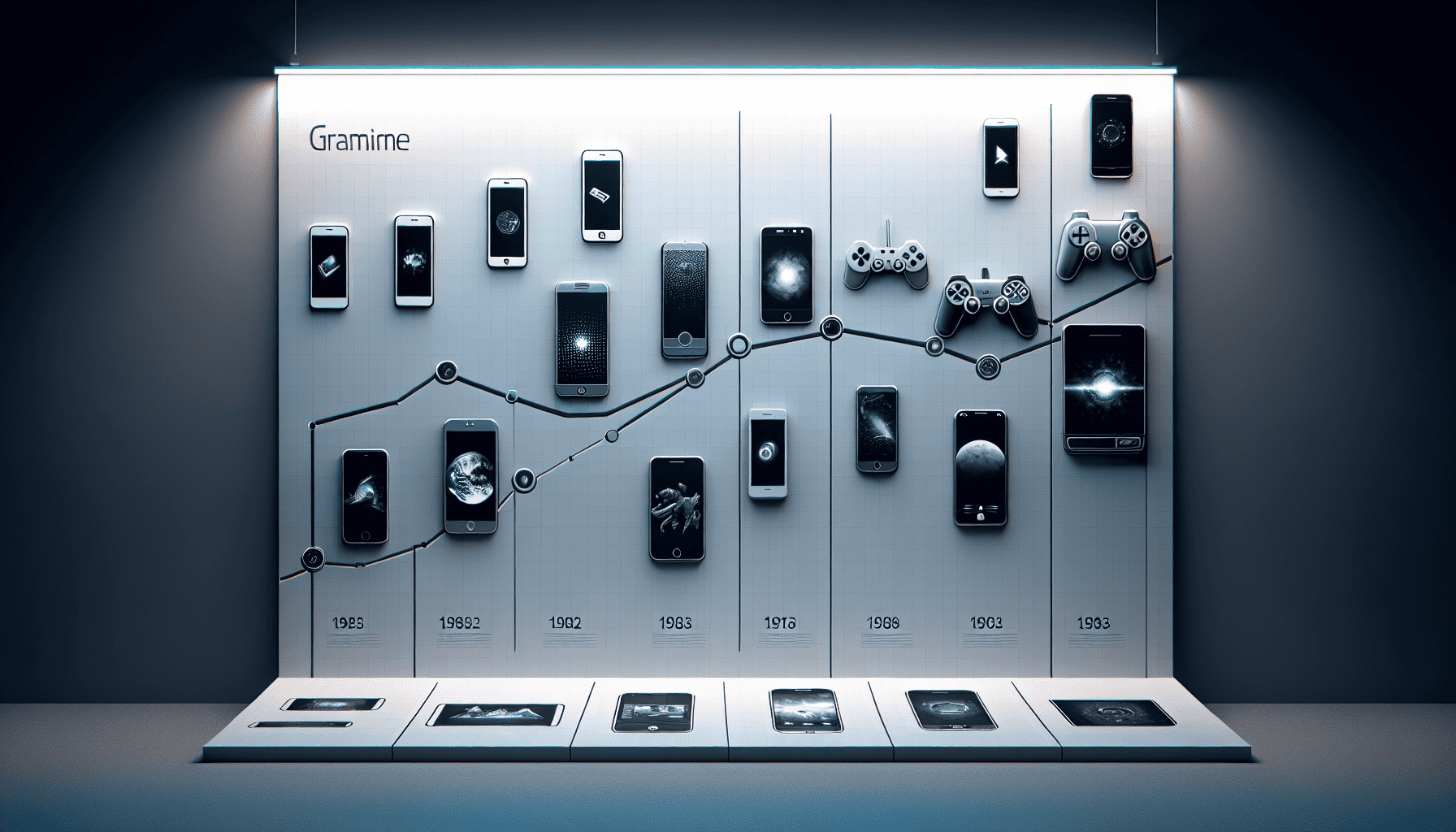The journey of electronic entertainment has been a fascinating evolution, marked by groundbreaking innovations that have transformed how we interact with digital worlds. From the rudimentary pixelated screens of the early days to the hyper-realistic graphics of today, the industry has continuously reinvented itself, driven by technological advancements and creativity.
In the beginning, simple pixel art and limited color palettes defined the experience. Titles like Pong and Space Invaders captured imaginations, despite their simplicity. These early interactions laid the foundation for what would become a cultural phenomenon, fostering a new wave of enthusiasts eager to explore interactive experiences.
The 1980s and 1990s saw a remarkable shift with the advent of home consoles. This era introduced the concept of playing at home, sparking the rise of iconic characters like Mario and Sonic. These mascots became synonymous with their respective systems, creating loyal communities and intense rivalries. Innovations in controls and hardware moved experiences from mere pixels to more intricate narratives and challenging gameplay.
As the new millennium approached, the industry witnessed another transformation. Enhancements in processing power and graphics cards allowed developers to craft intricate virtual worlds with stunning visuals and immersive soundscapes. This period saw the rise of 3D environments, bringing lifelike animations and intricate storylines to the forefront. Players could now traverse sprawling landscapes and engage in narratives that rivaled blockbuster movies.
The 21st century ushered in the era of connectivity and social interaction. With the proliferation of the internet, players could connect and compete with others across the globe. This networked approach to play facilitated the birth of massive online platforms, where millions could participate together, sharing victories and defeats in real-time.
Innovations in virtual and augmented reality further propelled the medium into new dimensions. These technologies offer users the chance to experience environments beyond the constraints of their screens, stepping virtually into roles and locations previously confined to their imagination. The fidelity and realism that virtual systems promise continue to push the boundaries of what is possible.
Looking ahead, the industry shows no signs of slowing down. Emerging technologies like artificial intelligence and cloud computing are poised to redefine the landscape once more. These advancements promise more personalized and context-aware experiences, tailoring adventures to individual preferences and dynamically changing scenarios based on user interactions.
In essence, the evolution of electronic entertainment is a testament to human ingenuity and the relentless pursuit of innovation. Each transformative leap in technology has expanded the possibilities, enriching our interactive experiences and creating a vibrant tapestry of digital storytelling that captivates millions around the world. As we stand on the cusp of further advancements, the future looks brighter than ever for electronic entertainment enthusiasts.
